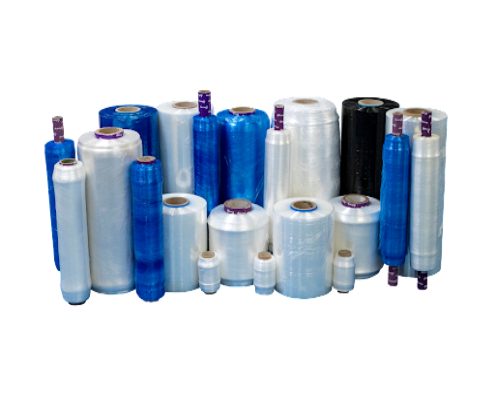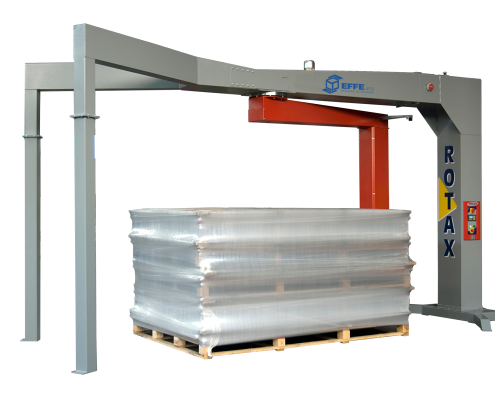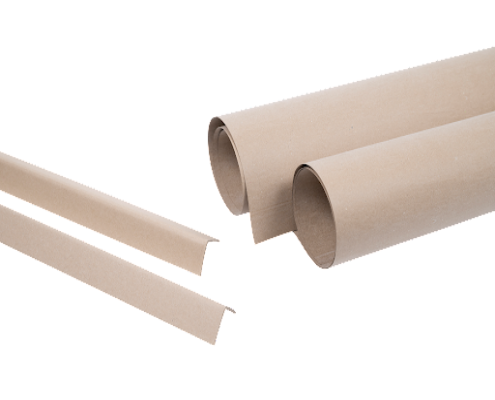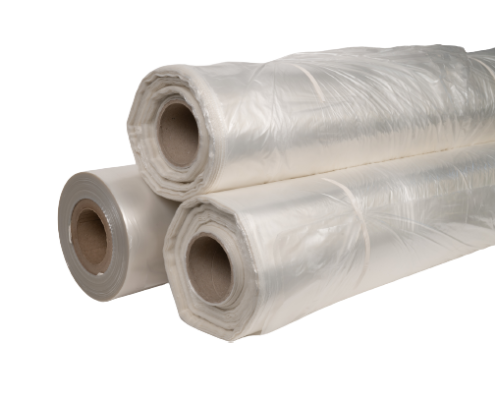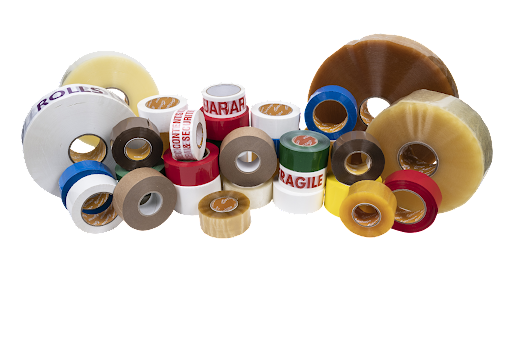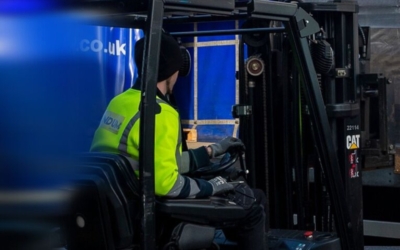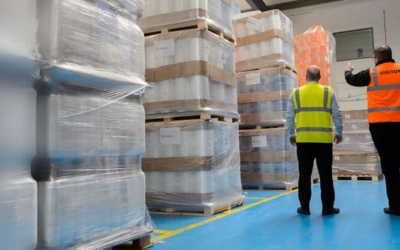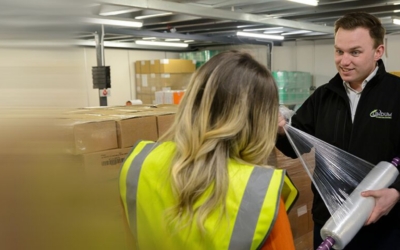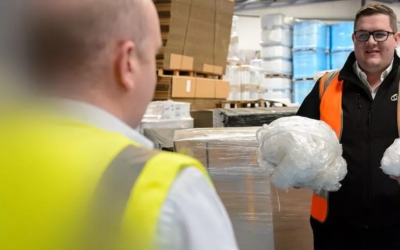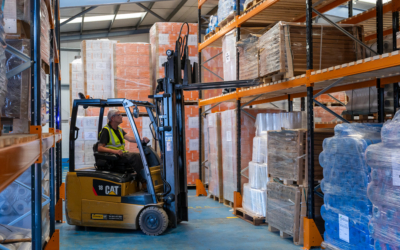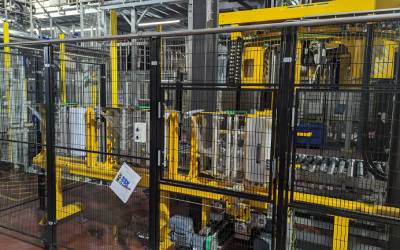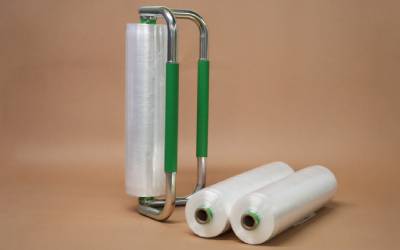Understanding Recycled Content Pallet Wrap: Post-Consumer vs. Post-Industrial Waste
In the world of sustainability, the choice of materials for packaging plays a significant role. When it comes to pallet wrap, opting for recycled content is a step towards reducing environmental impact. However, there are distinctions between two primary sources of recycled content: post-consumer waste and post-industrial waste. Let’s delve into the dissimilarities, advantages, and disadvantages of each.
Post-Consumer Waste
Post-consumer waste refers to materials that have served their intended purpose and have been discarded by consumers. Examples include plastic bottles, packaging, and consumer products.
Advantages:
- Environmental Impact – Utilising post-consumer waste reduces the burden on landfills and promotes recycling practices.
- Consumer Appeal – Products made from post-consumer waste often resonate with environmentally conscious consumers, enhancing brand image.
Disadvantages:
- Sorting Challenges – Sorting and processing post-consumer waste can be complex and costly due to the varied nature of materials.
- Contamination Risks – Post-consumer waste contains more impurities or contaminants that post-industrial waste, affecting the quality and consistency of the final product. In the context of recycled content pallet wrap, this has a significant negative impact on the performance of the film.
Post-Industrial Waste
Post-industrial waste comprises materials discarded during the manufacturing process. This can include excess materials, off-cuts, and rejected products.
Advantages:
- Consistency – Post-industrial waste typically offers a more uniform and controlled source of recycled content, resulting in higher-quality products.
- Lower Contamination – Since post-industrial waste originates from controlled industrial processes, it tends to have fewer contaminants than post-consumer waste.
Disadvantages:
- Limited Availability – Depending on the industry, the availability of post-industrial waste may be restricted, limiting its suitability for certain applications.
- Perception Challenges – Some consumers may perceive products made from post-industrial waste as less environmentally friendly compared to those using post-consumer waste.
Both post-consumer and post-industrial waste play crucial roles in the circular economy, offering opportunities to reduce resource consumption and environmental impact. However, when selecting recycled content pallet wrap, performance and consistency is key.
Low quality and inconsistent pallet wrap will not stretch as far, resulting in an increase in total plastic consumption and packaging costs. In addition, the imperfections in post-consumer recycled content pallet wrap often causes a significant issue with production downtime due to snapping.

